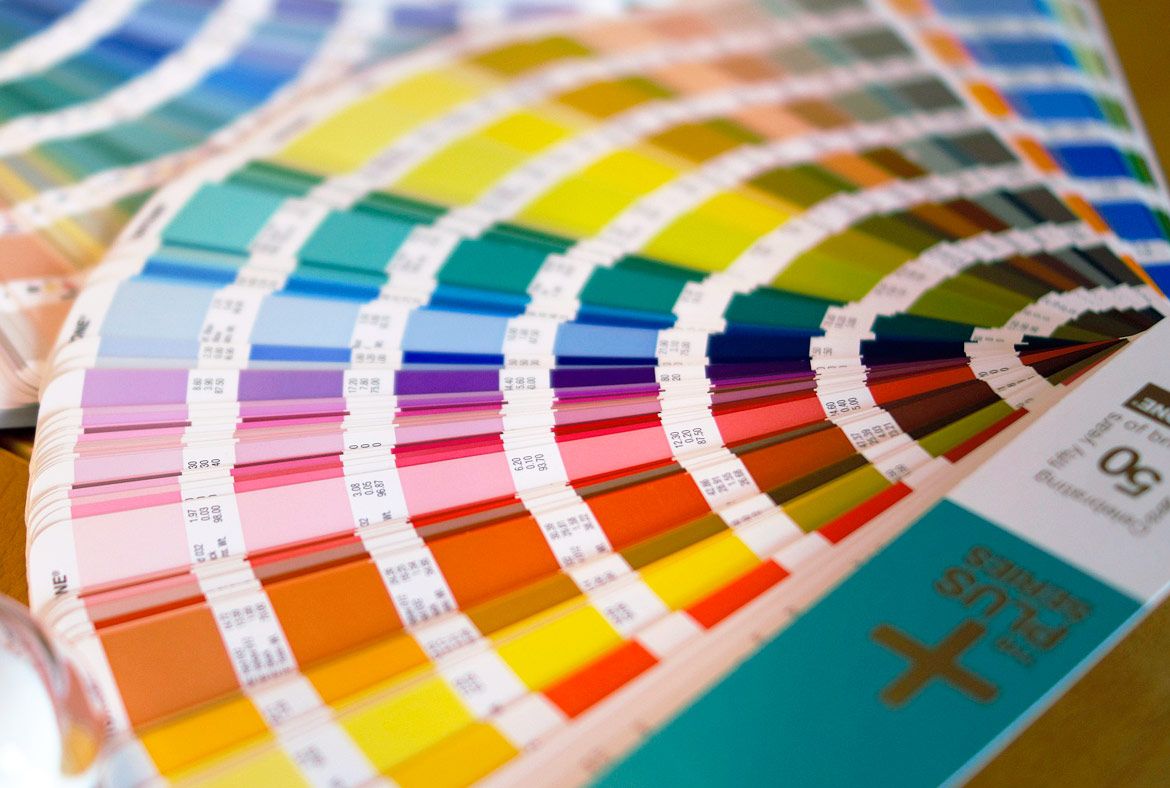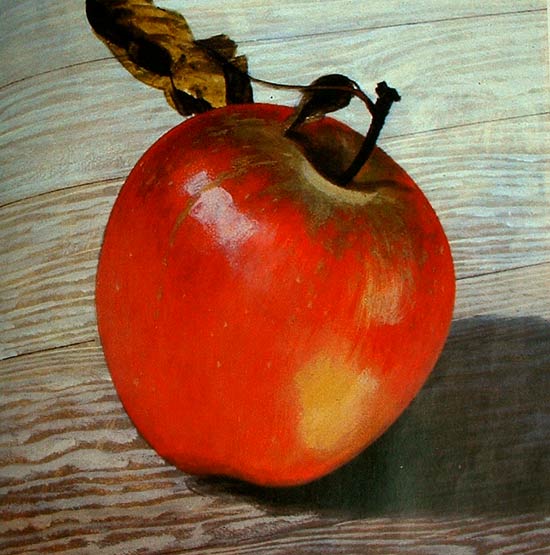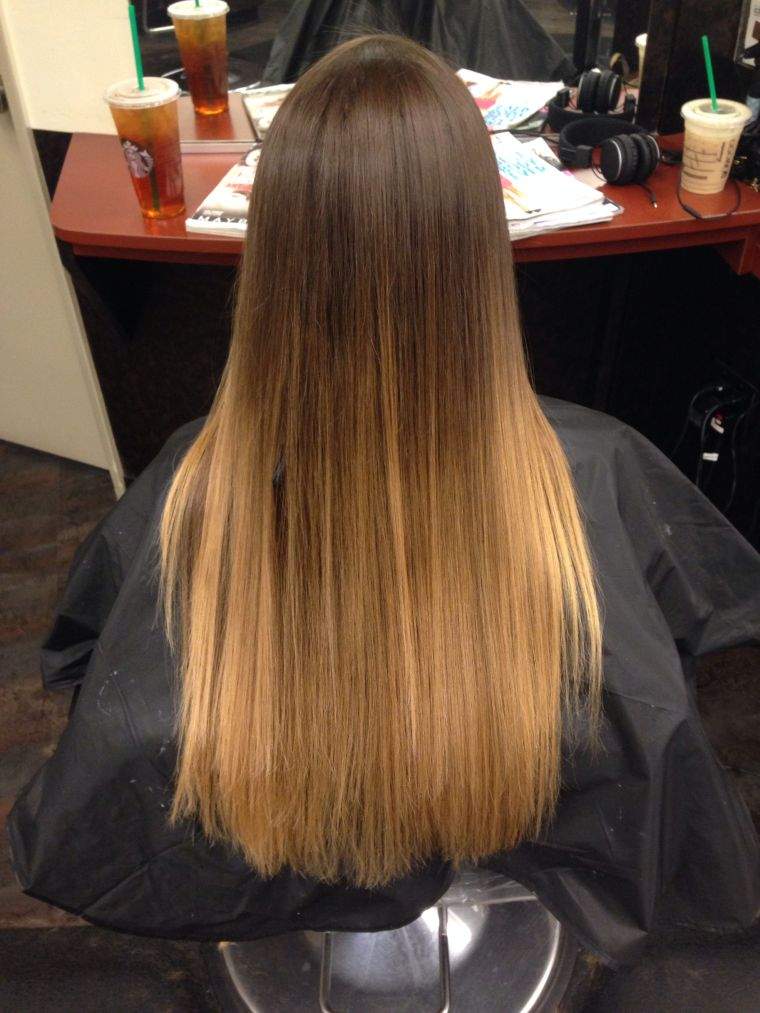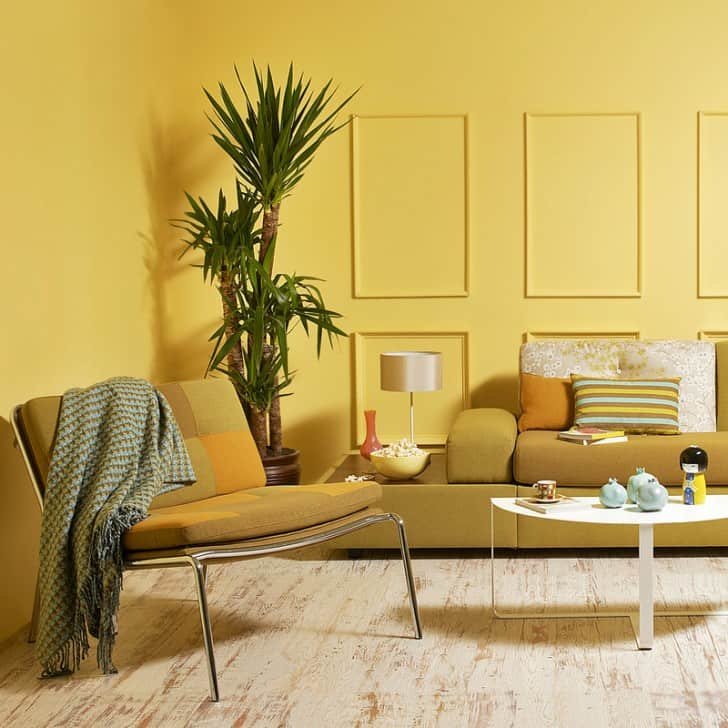Paleta De Color ~ #elcolordelasemana Es El Clásico Tono Marfil, Ideal Para Cualquier
#ElColorDeLaSemana Es El Clásico Tono Marfil, Ideal Para Cualquier. History of coloring: How and when did coloring become popular? Coloring books were first published in the early 1800s. At that time, children used crayons and watercolors to create drawings and paintings. Prior to this, coloring was done with natural dyes such as madder, henna, and safflower. In 1892, a kindergarten teacher named Maria Montessori introduced the concept of “activity coloring”. This involved letting the children use their hands and imaginations to color pictures on paper. This method became popular in Europe and eventually made its way to America. The popularity of coloring eventually led to an industry that generates billions of dollars each year. Today, coloring books are available in every genre imaginable, from animals to superheroes. And no matter what your age or interests may be, there’s bound to be a coloring book that perfectly matches your needs! . searching about #ElColorDeLaSemana es el clásico tono marfil, ideal para cualquier you've visit to the right place. We have 9 Images about #ElColorDeLaSemana es el clásico tono marfil, ideal para cualquier like ¿Qué son los colores pantone? | Las 12 en Punto | Madrid, Imágenes de paleta de colores | Imágenes and also Mechas marrón miel - Tendencia 2019 para todo tipo de cabello. Read more:
#ElColorDeLaSemana Es El Clásico Tono Marfil, Ideal Para Cualquier
 www.pinterest.com
www.pinterest.com
. The different types of color pages There are many different types of color pages. Some are simple designs that can be colored with just a few colors, while others are more complex and may require multiple colors to complete the design. The most basic type of color page is a single-color page. These pages typically have a simple design, such as a geometric shape or a animal. They can be colored with one color, or multiple colors if desired. More complex color pages may have multiple layers of colors. These pages can be challenging to color, but the results can be very impressive. Each layer of color must be carefully applied, and it can take some practice to get the hang of it. The final type of color page is the multi-color page. These pages are usually very detailed and may contain many different colors.
Pin En Decoracion
 www.pinterest.com
www.pinterest.com
. Types of Kids Coloring Pages: Traditional coloring pages with pictures for kids to color, step-by-step coloring pages with detailed instructions, and online coloring pages. Kids love coloring pages because it is a fun way to relax and use their creativity. There are many different types of coloring pages for kids, including traditional coloring pages with pictures, step-by-step coloring pages with detailed instructions, and free online coloring pages. Traditional coloring pages are the most popular type of page for kids because they provide a lot of room for creativity. Kids can color the pictures in the coloring page any way they want and there are usually plenty of spaces to write in notes or make drawings. Step-by-step coloring pages are perfect for kids who want to learn how to color correctly but don’t want to spend a lot of time trying to figure out the instructions. Thesepages usually have numbered steps that help kids follow along easily.
¿Qué Son Los Colores Pantone? | Las 12 En Punto | Madrid
 www.lasdoceen.com
www.lasdoceen.com
. Assuming you would like an opening paragraph for an article discussing printable coloring pages:
Imágenes De Paleta De Colores | Imágenes
 tusimagenesde.com
tusimagenesde.com
. Tips for Coloring Flowers: Follow the instructions carefully to get the best results. Looking to add a little color to your flowers this spring? Follow these tips for the best results! To get accurate coloring, start with a clean petal. Use a toothbrush and water to clean the surface of the petal. Be sure to rinse off any soap residue. The next step is to mix your color with water according to package instructions. Be sure not to use too much or too little water; you want the color to be diluted as much as possible. Pour the coloring onto the petal and work it into the surface with your fingers. Don't worry if some of the coloring spills over; just brush it off with a dry finger. Let the flowers sit for at least 10 minutes before handling them again. For best results, avoid using metallic colors or dyes that contain additives like peroxyacetic acid (PAA).
Modelar Por Medio Del Color - Pintura Y Artistas
 www.pinturayartistas.com
www.pinturayartistas.com
manzana medio modelar representar plasticas profundidad ejercicio desplazamiento dimensión. Coloring pages are not just for kids anymore. Many adults are rediscovering the joys of coloring as a way to relax and de-stress. Coloring pages can be found online or in books, and they offer a simple, satisfying activity that can be done alone or with friends. Whether you're a novice or an experienced colorer, there's a page out there for you. So grab some crayons and get ready to color your worries away!
15 Chic Interior Stucco Walls Ideas To Try - Shelterness
 www.shelterness.com
www.shelterness.com
stucco walls interior plaster chic natural try refined ceiling stunning raw space. How to create a realistic flower coloring page: A step by step guide. Whether you are a beginner or an experienced flower artist, creating realistic flower coloring pages can be fun and rewarding. This step-by-step guide will show you how to create a realistic flower coloring page that is perfect for your needs. First, choose an appropriate background color for your flowers. Next, use markers or crayons to color in the petals, leaves, and center of the flower. If you want to add more detail to your flowers, you can use a small brush to draw lines around the edges of the petals or leaves. Be sure to use light colors for the center of the flower and dark colors for the outer edges of the petals and leaves. To finish off your flower coloring page, add optional highlights or shadows around the edges of each petal or leaf. Have fun creating your own realistic flower coloring pages!
Mechas Marrón Miel - Tendencia 2019 Para Todo Tipo De Cabello
 casaydiseno.com
casaydiseno.com
. Conclusion Coloring pages for kids are a great way to keep them entertained. But what's the best way to use them? And when should you start using them? Here's a definitive guide to coloring pages for kids. Plus, we've got some great tips on how to get the most out of them. First, it's important to know that coloring pages can be used at any age. Whether your child is just learning to color or they're a master at it, coloring pages are a great way to occupy their time. There are tons of different types of coloring pages available, so it's important to find ones that your child will enjoy. If they're interested in animals, look for animal-themed coloring pages. If they like cars or trucks, find ones with those themes.
Sofá Amarillo, ¿de Qué Color Pintar Las Paredes? – PintoMiCasa.com
 www.pintomicasa.com
www.pintomicasa.com
. Flower coloring is a fun and easy way to add some flair to your flowers. By using different colors of paint, you can create unique and beautiful designs on your petals. Whether you want to add a splash of color to your garden or you’re looking for a creative way to decorate a bouquet, flower coloring is a great option.
Colores Naranjas | Nombres De Colores, Circulo Cromatico De Colores
 www.pinterest.es
www.pinterest.es
naranjas paletas cromatico mezclar derivados tonos anaranjado adjetivos lamuletadelescritor gamas identifica describir cualidades psicologia. The equipment you need Whether you’re a beginner or a seasoned artist, having the right tools is essential for creating beautiful artwork. Here is a list of must-have supplies for easy coloring. 1. A good quality coloring book. This is the foundation of your work, so choose one with designs that inspire you. 2. Fine-tipped markers or gel pens. These are perfect for adding detail and depth to your coloring. 3. Colored pencils. These are great for shading and blending colors together. 4. A white eraser. This comes in handy for correcting mistakes or lightening up dark areas of your artwork. 5. A sharpener. This is necessary for keeping your pencils in tip-top shape. 6. A set of small paintbrushes.